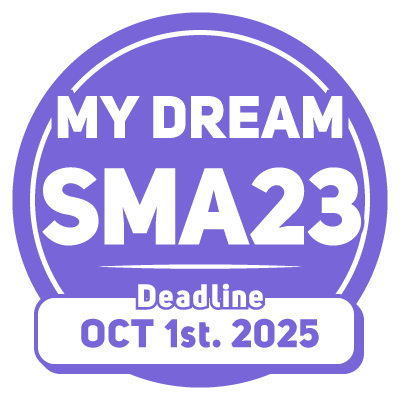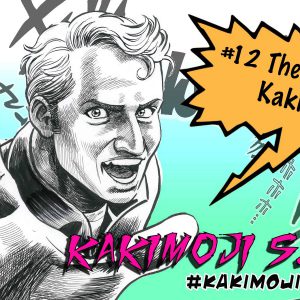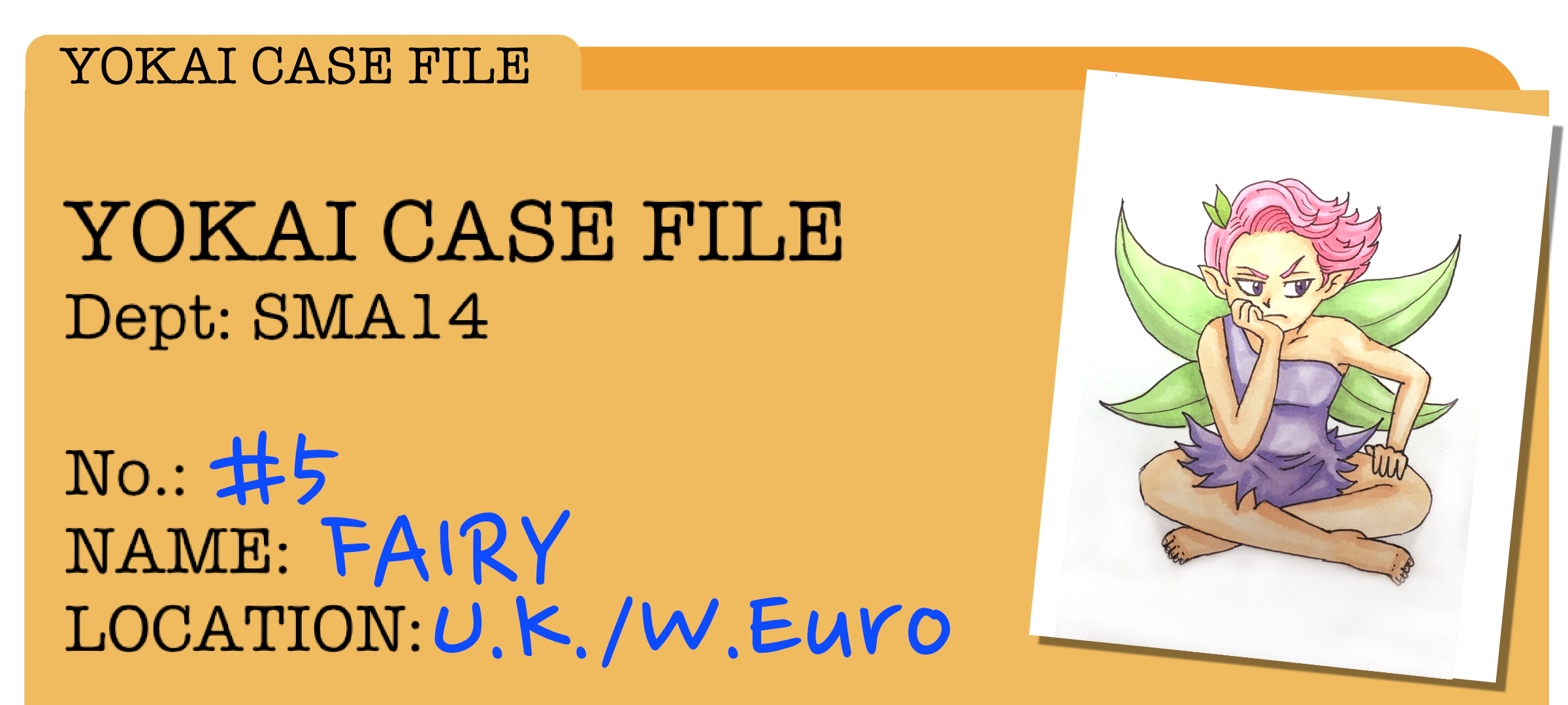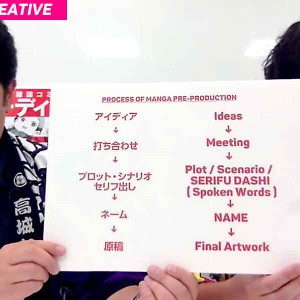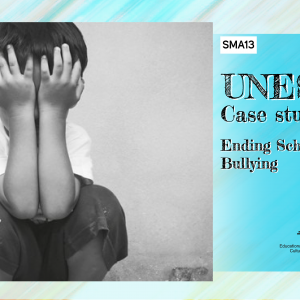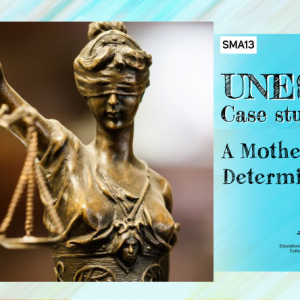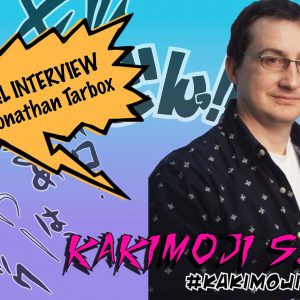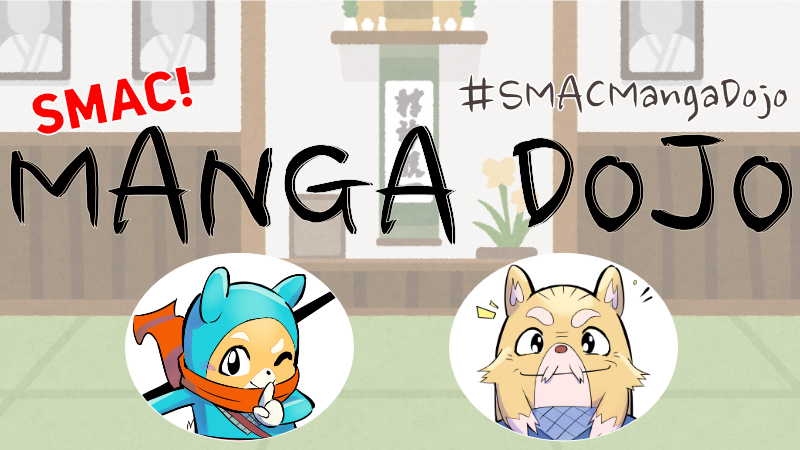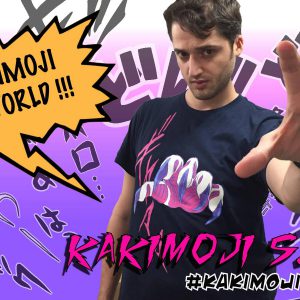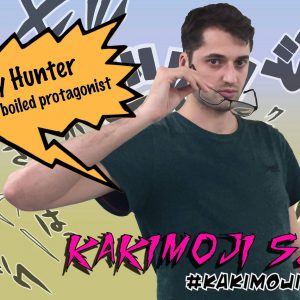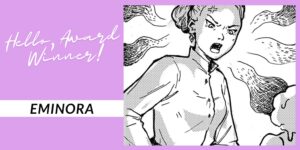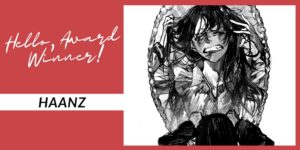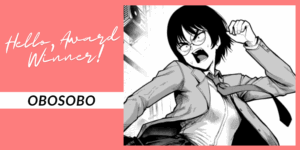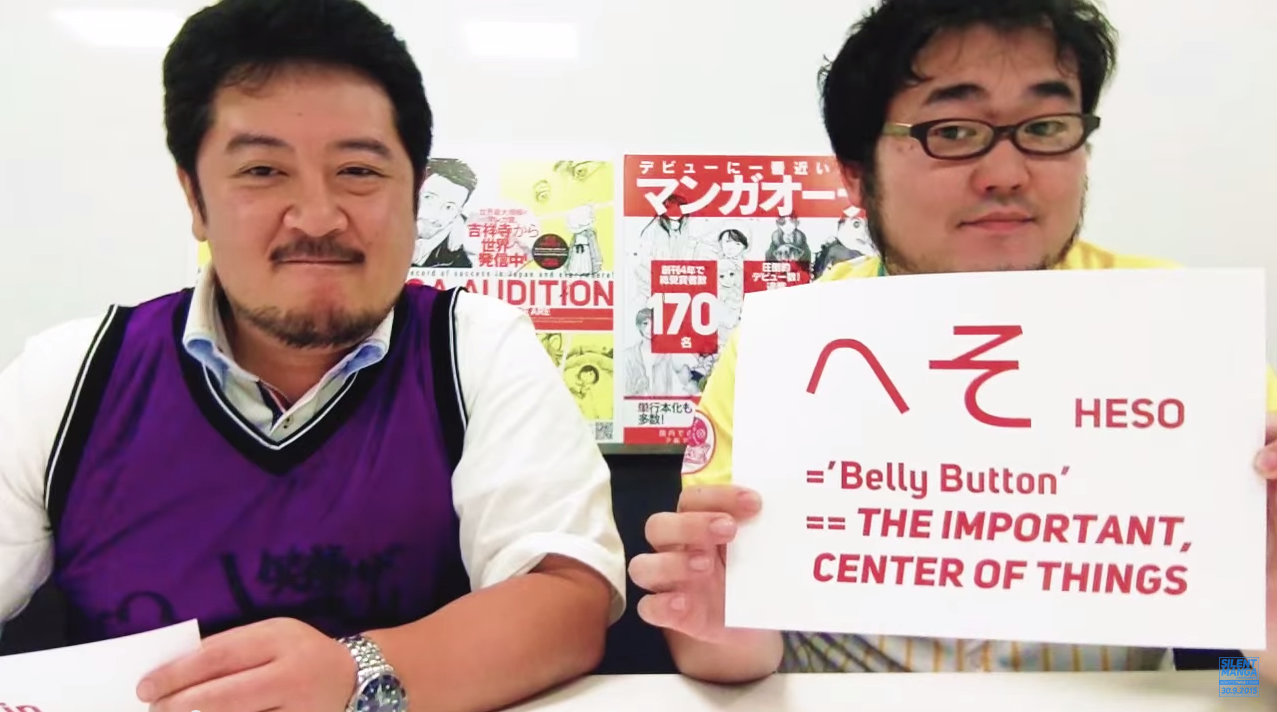
ASK MORE! with Mocchi. Your questions answered. Japanese Manga 101 #023

Thank you for the comment! The impact panel, the focus point you must always have in a double page spread. We have been taught about that by the great manga artists. Hojo Sensei, of CITY HUNTER, calls the impact panel, “HESO”, meaning, “belly button”.Thank you so much for this amazing format. The length of the videos is just right. Not too much information at once, but long enough to convey what the specific video is about. I always plan my pages in spreads, but I never before thought about that one impact panel. =D
 It may sound strange, but that’s a Japanese saying, meaning “the important, central part”. That shows just how important he considers, this impact panel to be. Thank you.
Moving onto next comment!
It may sound strange, but that’s a Japanese saying, meaning “the important, central part”. That shows just how important he considers, this impact panel to be. Thank you.
Moving onto next comment!

The Japanese Onomatopoeia, the sound drawn as letters, are very unique. The letters themselves are more an illustration than just typography, and each artist, has his or her unique style of drawing those. According to Yourou Takeshi sensei, a professor of neuroscience at Kyoto university, the Japanese language is unique in the way we use “Ideograms” and “Phonetics” all mixed up. Resulting in our brain, recognising all letters as “drawings”, not only the ideograms, but the phonetics also. The peculiar style of Onomatopoeia in Manga is a likely result of this unique perception. To represent “silence”, we “draw” words written as “Sheen”. That is a very unique way of expression for the sound of silence, isn’t it? Next coming up!This video reminded me the time when I started buying manga in Japanese and learnt about Japanese onomatopoeia. I don’t know how does western onomatopoeia sound for Japanese native speakers, but for us, the Japanese ones most of time sound quite ridiculous. For example, ‘click’ would be ‘pochi’, ‘boom’ would be something like ‘dokan’ and the sound of heart beat is ‘dokidoki’. In Japanese manga I have also seen onomatopoeia for things that don’t even make sounds, when someone blushes you can see the sound ‘kaaa’ in the pannel.

Thank you for the comments! It happens very often. You are scratching your head, trying to judge if there are too many or few panels, white spaces and so on. The best way that always works, is to ask your readers! Your friends, family, colleagues…This is how most of the Japanese pros do. They ask the opinions of the editor in charge, who acts like the representative of the readers as a whole. This may sound incomplete as an answer, but that is precisely the case. “There is no answer.” The important thing here to keep in mind is to always keep asking yourself “Is this convincing to the reader?” Keep that objective sense of goal in mind, at all times. So, when you feel a little lost, do exactly that, “Ask your reader”. This is what many pro artists did and still do, no reason it shouldn’t work for you too. There’s one more question!Thanks for your videos ! I wonder if you can make one about the composition of a panel How to juge if there to much whithe space or not enough

Thank you for your comment! Yes, a world full of new ideas and inspiration is a great and exciting part of enjoying manga. And that is one area that we editors (or the readers) have difficulty in helping with. It really is up to the artist for imagination and visual sense. So instead, we have these messages from the great artists on this topic. Osamu Tezuka, who we regard as the god father of manga, once said to the manga artists and the editors to do three things. “Read good novels, watch good movies, and listen to good music”! To create a great new world for your manga, do not just go searching for inspirations in other manga, but also explore for other mediums to find good ones. The film directer Mamoru Oshii, of ‘Ghost in the Shell’, was very much known for his characters. But after seeing ‘Blade Runner’ (by Ridley Scott), he realized the importance of world building in story making. Again, there’s no clear answer in how to create the world. But we know this from experience that great artists who did it were no magicians. They all kept there antenna for inspiration up high and on full boost. This is something you can do! That’s all for today! Please keep on sending your comments and questions! We’re gonna answer them on this channel!What about world building. I mean it’s completely different thing to make an appealing world setting that will also make the story stronger.
 GOT IT?
We’ll be back on more manga creation topics. Next up is about “Names”, the draft story boards, that is instrumental in drawing your manga.
GOT IT?
We’ll be back on more manga creation topics. Next up is about “Names”, the draft story boards, that is instrumental in drawing your manga. 